The new Gallery of the Royal Collections, a purpose-built building located between the Royal Palace and the Almudena Cathedral in Madrid, opened its doors to the public this summer. The bulk of its 40,000 square metres of exhibition space is split into two storeys of thematic spaces focused on the Habsburgs and the Bourbons: the royal houses that have governed Spain since the early modern period.
Even if it had nothing in it, the building would warrant a visit. The concrete and granite gallery is a model of imagination and restraint. Echoing their work in the historical city of Cáceres (including the Helga de Alvear Museum of Contemporary Art), architects Emilio Tuñón and Luis Moreno Mansilla have remained attuned to – but not enslaved by – period detail. Rather like the monastery and palace of Escorial, the burial place for most Spanish monarchs, austerity and ostentation co-exist in its design. Work commenced on El Escorial in 1563 but was not completed until 1584, and the new Gallery hasn’t been much quicker: construction began in 2006, but budgetary headaches and the discovery of Roman remains (eventually incorporated into the building’s design) delayed proceedings. By 2016, the Gallery was complete, but its opening was further delayed by political turmoil and the pandemic. Thanks to bad signposting and expert integration into the surrounding landscape, finding the entrance is no easy task – which perhaps explains why it wasn’t as bustling as I had anticipated.
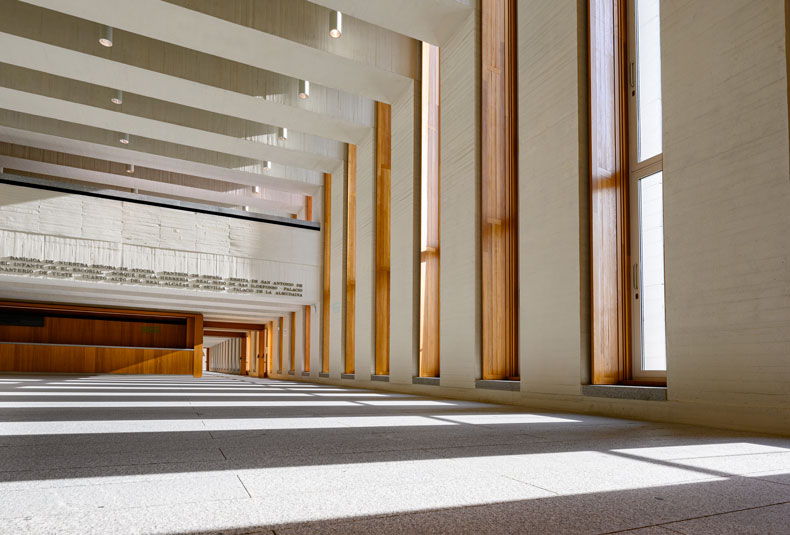
The interior of the Gallery of the Royal Collections in Madrid, by architects Emilio Tuñón and Luis Moreno Mansilla. Courtesy Patrimonio Nacional
Among some 650 pieces on display are works by household names both Spanish (El Greco, Velázquez, Goya) and international. Caravaggio’s Salome with the Head of John the Baptist (1607) justifies the admission price alone. The contrast between youth and old age is far more pronounced than in the later version of the same scene at the National Gallery in London. Habsburg control of the Low Countries means that Madrid now has one of the world’s finest collection of Flemish religious tapestries, many of which are on display here. Elsewhere, the inclusion of some pedestrian early modern Italian art brings to the fore the formative influence such work had on the styles forged in the Spanish baroque.
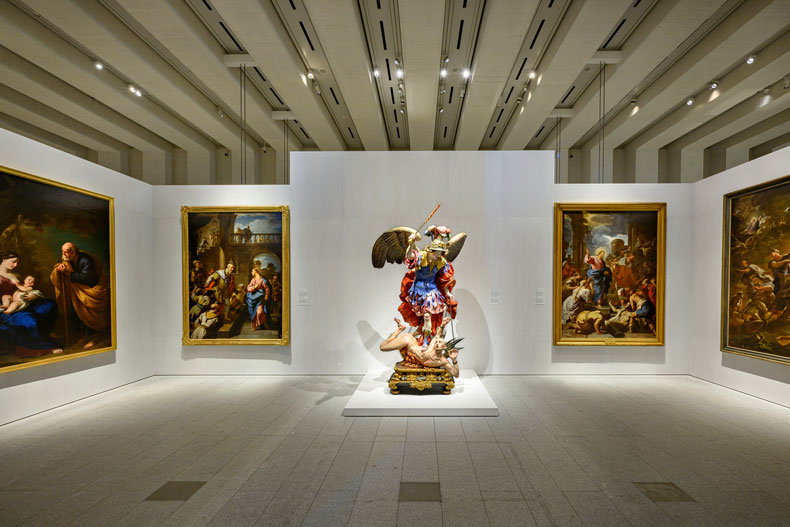
A gallery with Saint Michael Smiting the Devil (1692) by Luisa Roldán at its centre. Courtesy Patrimonio Nacional
From the 15th to the 17th centuries, Spain was a leading European power – but by the time the Bourbons took to the throne with Philip V in 1700, the country had already entered into what would prove to be an extended period of decline. Given that Spain’s place in the world began to dwindle following the defeat of the Spanish Armada in 1588, it is unsurprising that the Bourbons were unable to collect to the same extent as their predecessors, the Habsburgs. Outside of Spain, the largest number of Velázquez paintings are to be found in the United Kingdom, followed by the United States. Collectors could often purchase Spanish masterpieces at knockdown prices. This depleted the holdings of down-at-heel nobles more so than of royalty, but the diminished economical and territorial clout of the Spanish crown did reduce its ability to act as a patron for the arts. That said, a pair of paintings of Charles IV and his wife, Queen María Luisa, reaffirm Goya’s status as the finest royal portraitist since Velázquez, while two tapestries of wild boar-hunting, designed by Goya to hang in El Escorial, show a less familiar aspect of the artist’s oeuvre.
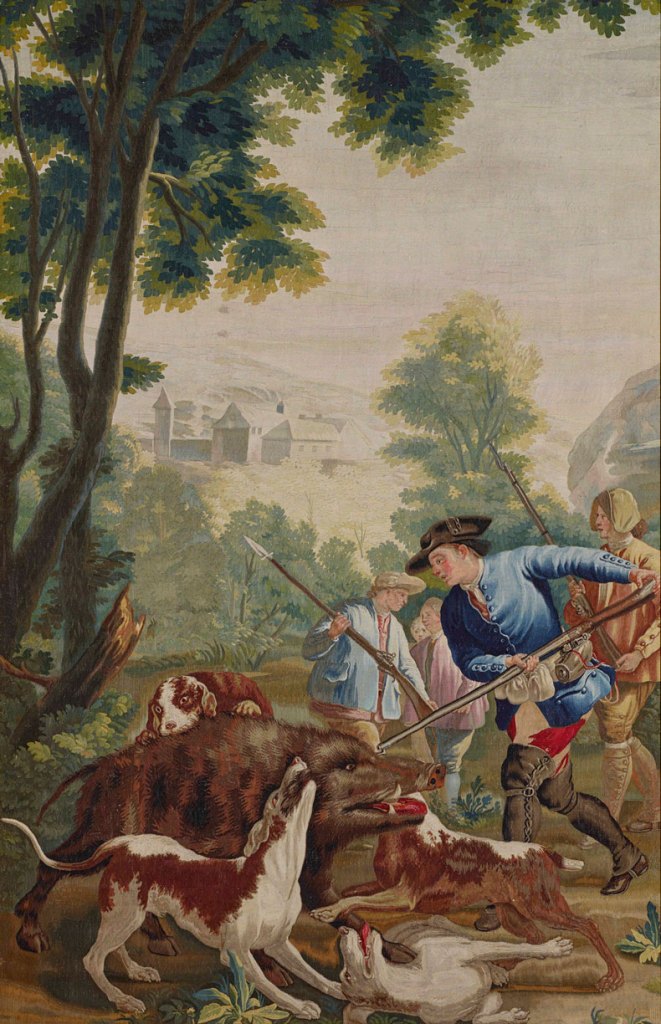
Wild Boar Hunt (1775), after a design by Francisco de Goya. Courtesy Patrimonio Nacional
While only a fraction of the holdings will be on display at any given time, the building houses a diverse mix of objects ranging from jewellery to books. Bibliophiles can marvel at a first edition of the first part of Cervantes’s Don Quixote (1605), while the inaugural temporary exhibition ‘In Motion: Carriages and Other Vehicles’ showcases technological and aesthetic developments.
In the 16th century, the practical needs of monarchs who had to travel across increasingly vast territories combined with a fascination for ostentatious design as a form of what we now term ‘soft power’. Generously cushioned wheels were designed for a smoother journey, while ornate gold decoration was a sign of royal distinction that a series of legislative measures sought to prevent minor aristocrats from aping. Elsewhere, we see a bullet-proof Mercedes-Benz jeep that Hitler gave General Franco during the Civil War (1936–39). It is a mechanical wonder, bearing testament to the Führer’s attempts to woo the Spanish Caudillo into joining an alliance of fascist powers.
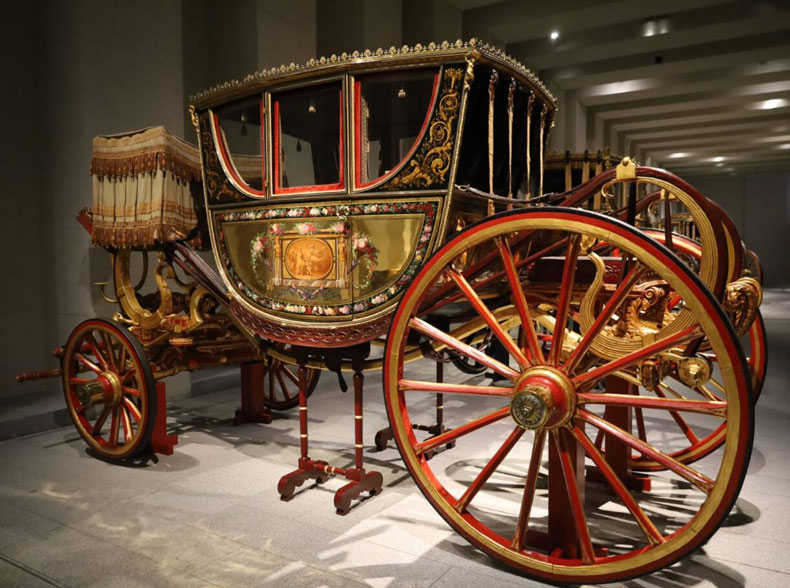
Installation view of ‘In Motion: Carriages and Other Vehicles’ with a golden Berlin carriage from Spain (c. 1775–1800). Courtesy Patrimonio Nacional
Overall, however, the Gallery puts politics on the back burner. It is increasingly rare to encounter a celebratory approach to imperial expansion carried out under royal patronage, yet that is generally what one finds here. A rare moment of self-reflection is found in a reference to the moral and economic folly of expelling Spain’s Moorish population in the early 17th century. But given the Iberian Peninsula’s Muslim past, it is counterintuitive that there are more Islamic carpets on display in Scotland (namely, at the Burrell Collection in Glasgow) than here in Madrid.
The fascination of 19th-century Spanish royals for photography is discussed, but no reference is made to Alfonso XIII’s patronage of early pornographic cinema prior to being forced into exile with the proclamation of the Second Republic (1931–36). During this laboratory of democratic rule, legislation was introduced to give the public access to the Royal Collections. An illegal coup, which resulted in the Civil War and a 36-year dictatorship, put paid to that idea. Spain became a monarchical parliamentary democracy in 1975 when Juan Carlos, Franco’s named successor, became Head of State. No royal portraits from the post-dictatorship period are on display. Video footage instead broadcasts Juan Carlos’s crowning achievement: a televised address to the nation on 23 February 1981, in which he denounced an attempted military coup and pledged his allegiance to democratic rule.
At a time when the King Emeritus is engulfed in sex and financial scandals and remains in exile in the United Arab Emirates, the inauguration of the Royal Collections is a public relations exercise; in this, it complements Spain’s holding of the presidency of the Council of the European Union with pomp and ceremony. The Bourbon-focused section concludes with a text proclaiming that the crown provides stability, safeguarding political neutrality and the values of the 1978 constitution. An increasing number of the citizens of Spain would refute such a claim. The Gallery makes a more compelling case for the Spanish royals rivalling any of their European counterparts when it comes to the art of acquisition.
The Gallery of the Royal Collections is now open in Madrid.
Unlimited access from just $16 every 3 months
Subscribe to get unlimited and exclusive access to the top art stories, interviews and exhibition reviews.


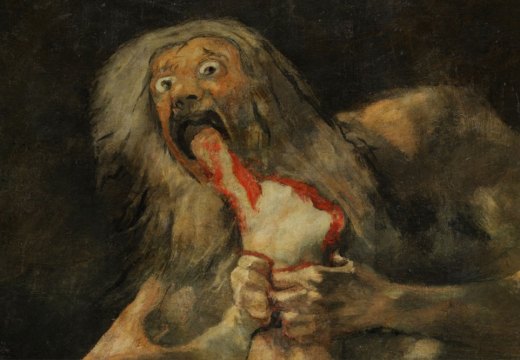
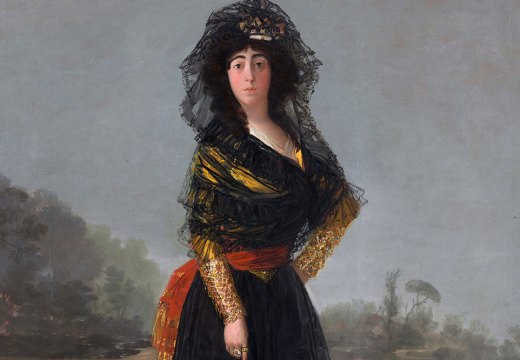
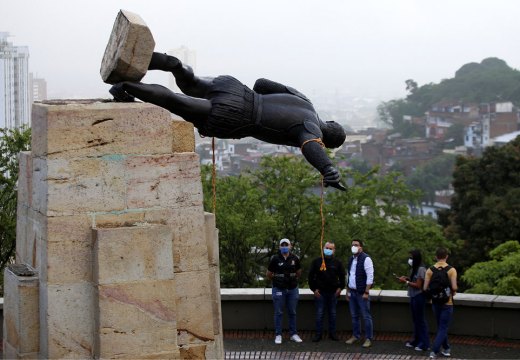









![Masterpiece [Re]discovery 2022. Photo: Ben Fisher Photography, courtesy of Masterpiece London](http://www.apollo-magazine.com/wp-content/uploads/2022/07/MPL2022_4263.jpg)
It’s time for the government of London to return to its rightful home